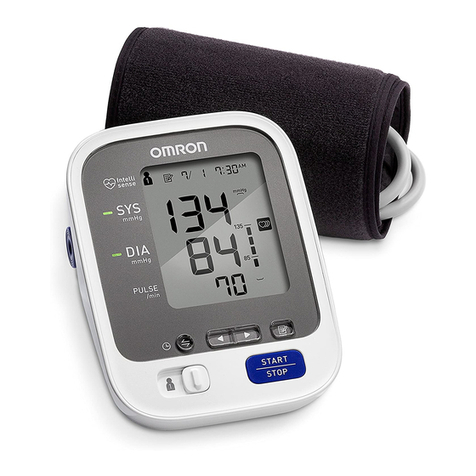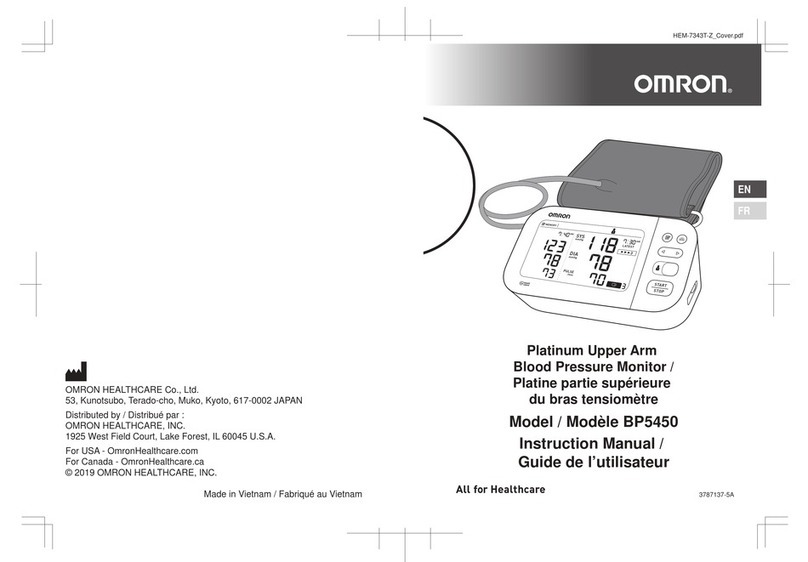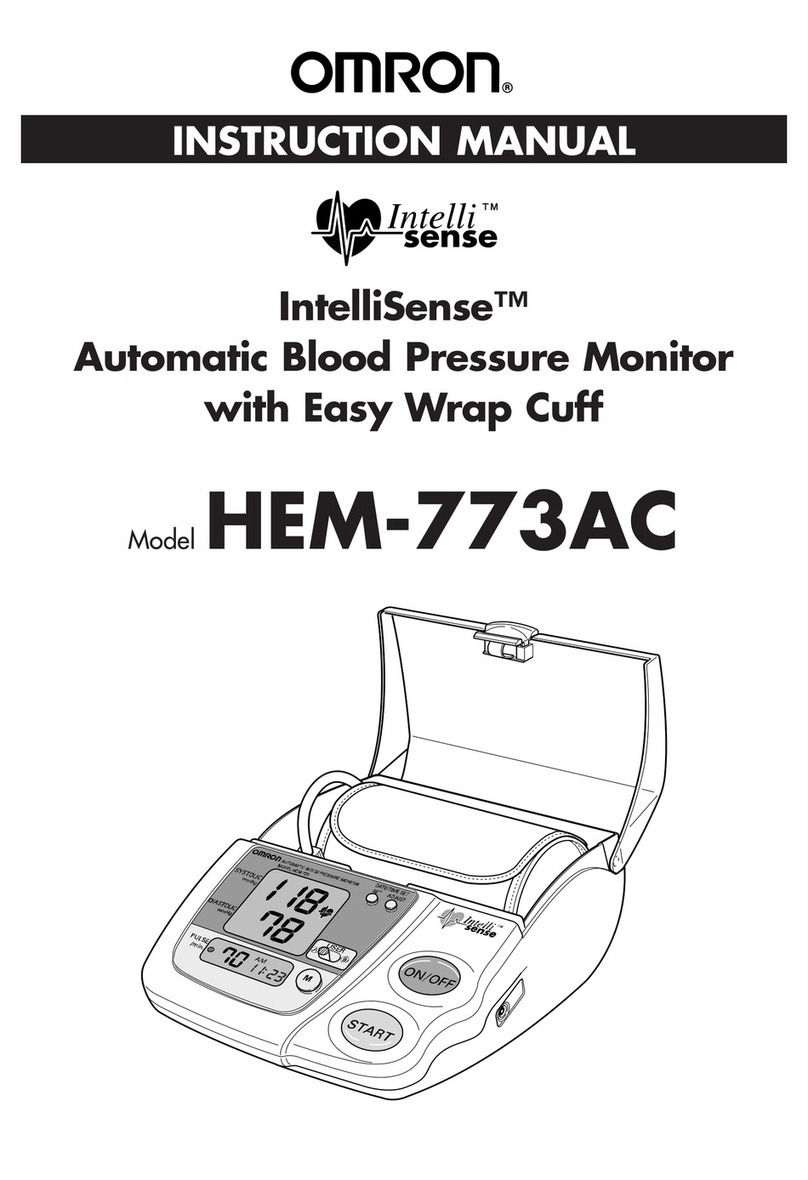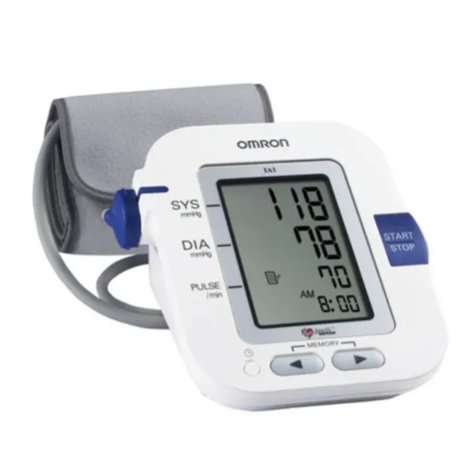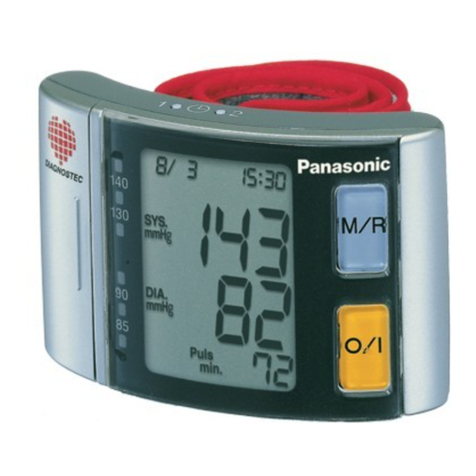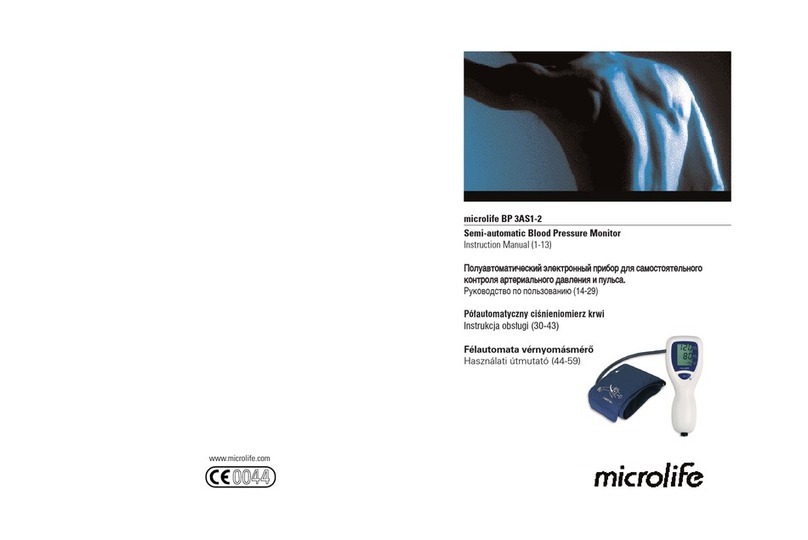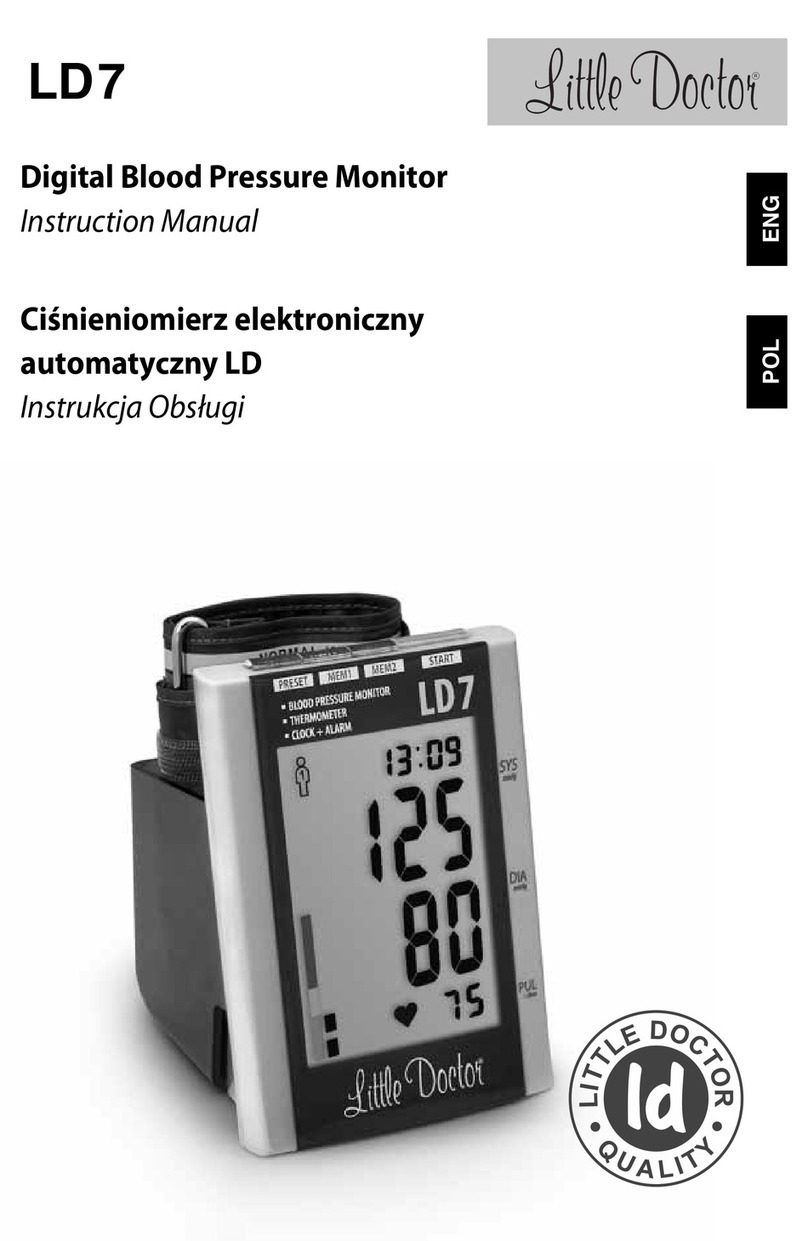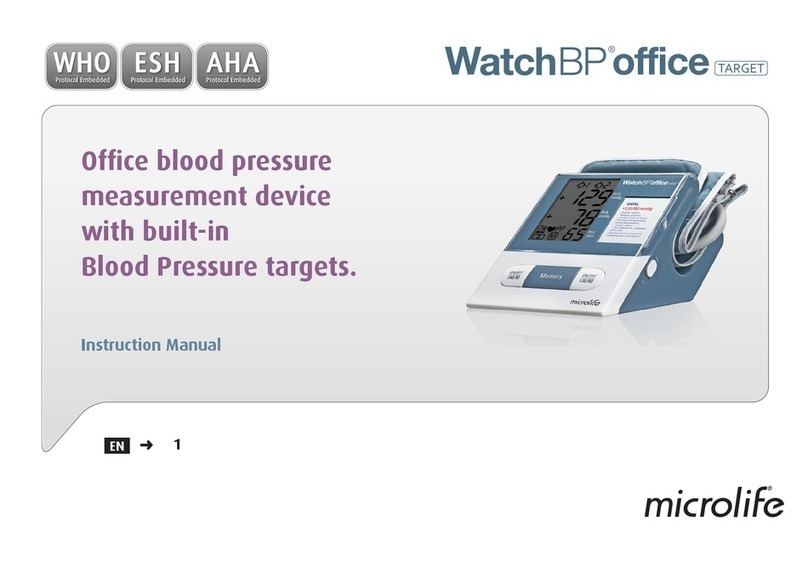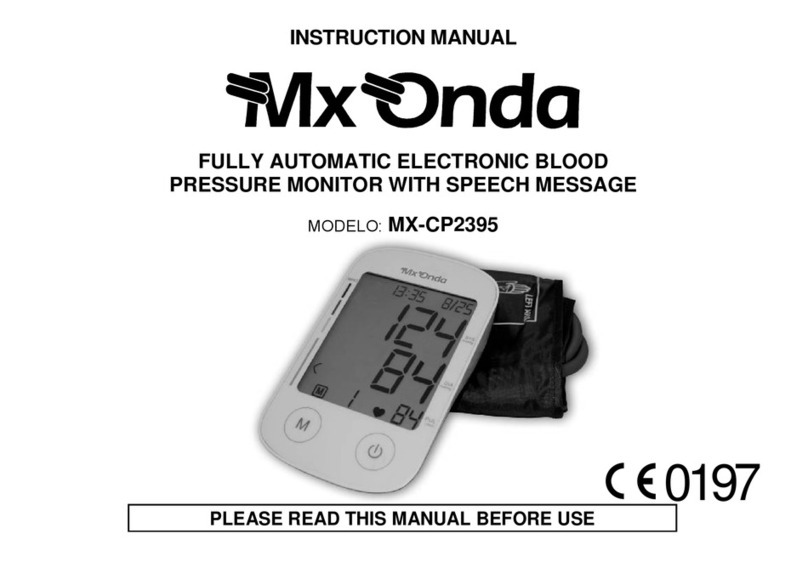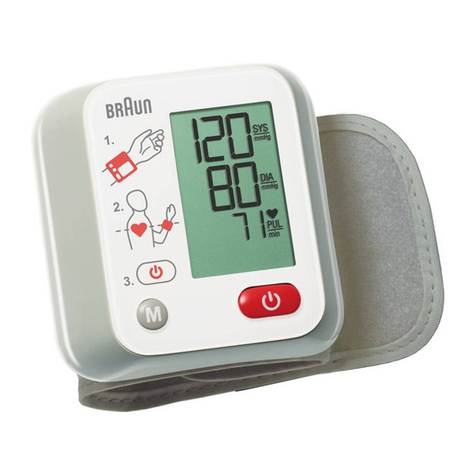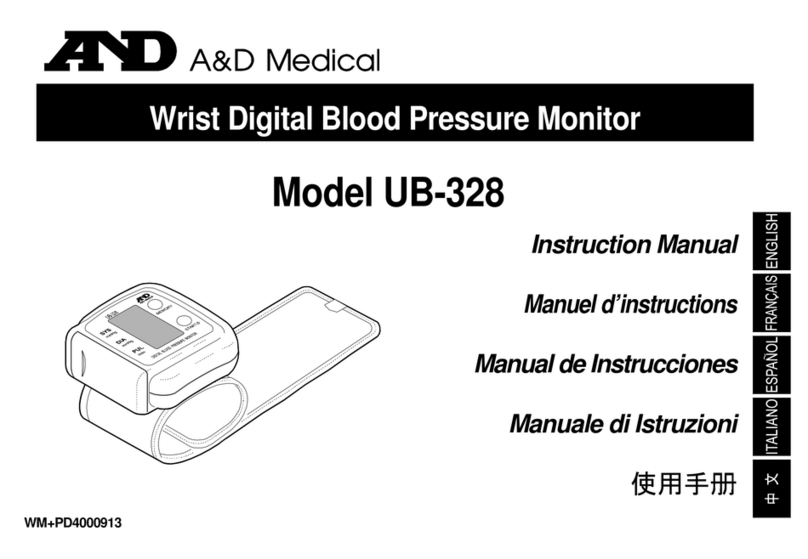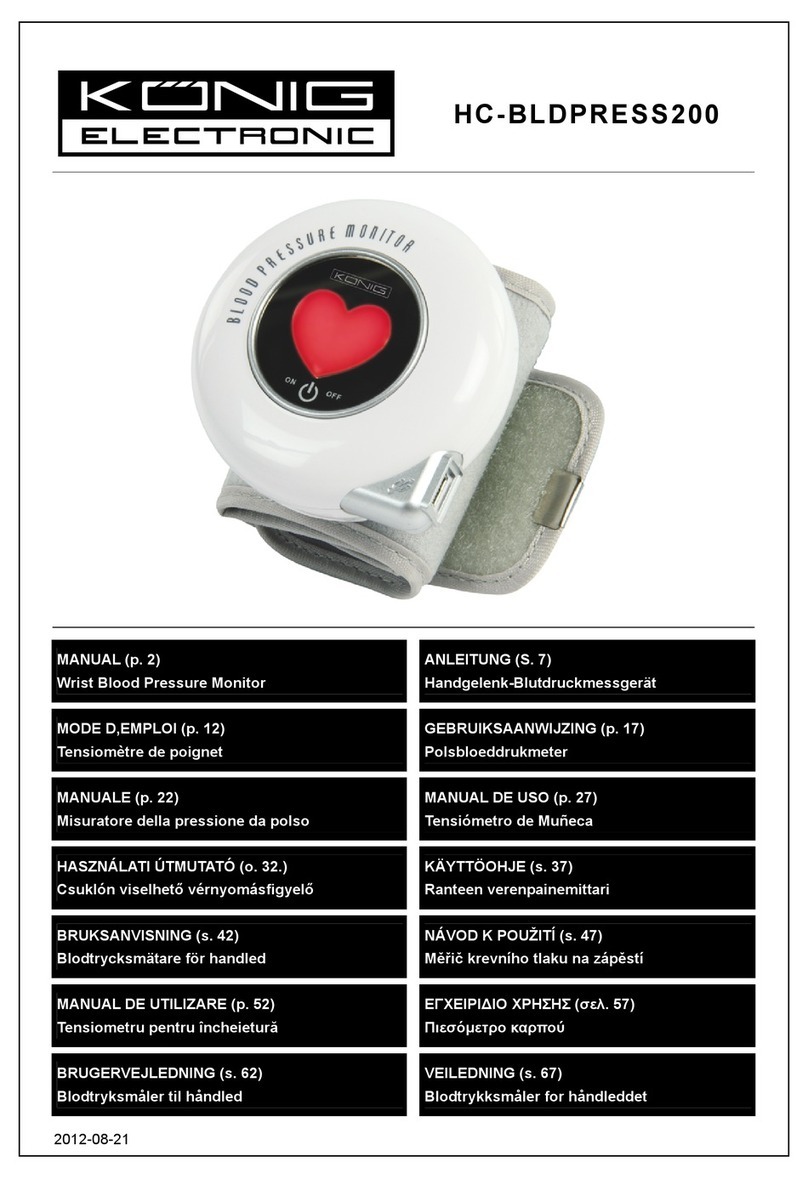Omron HEM-9210T User manual
Other Omron Blood Pressure Monitor manuals
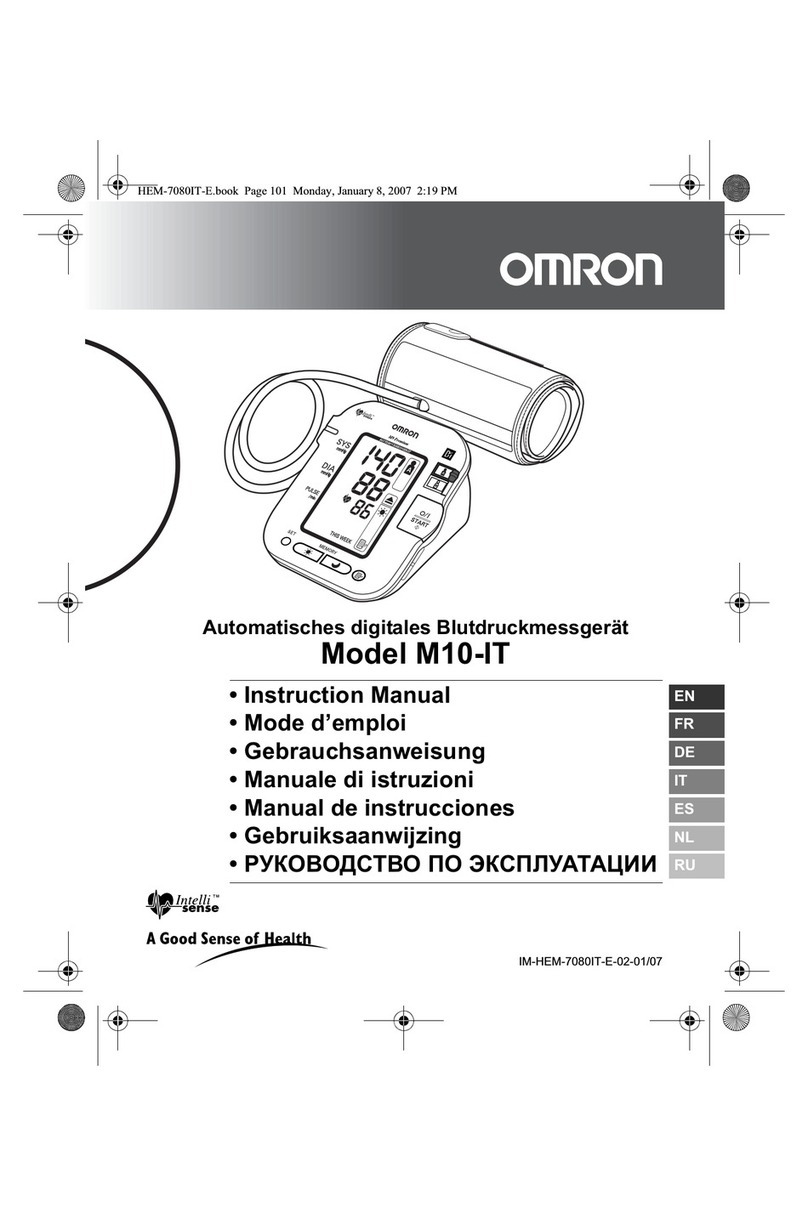
Omron
Omron M10-IT User manual

Omron
Omron MIT Elite User manual
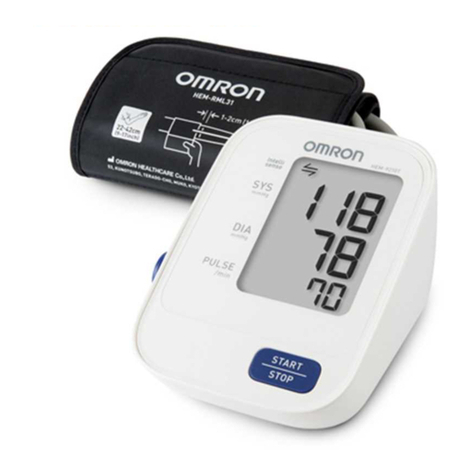
Omron
Omron HEM-9200T User manual

Omron
Omron BP765CAN User manual

Omron
Omron HEM-7203 User manual
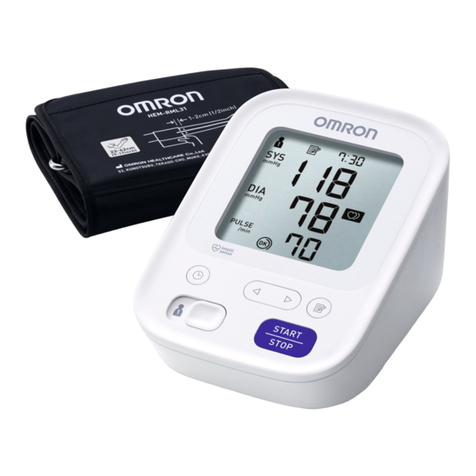
Omron
Omron M3 Intellisense User manual
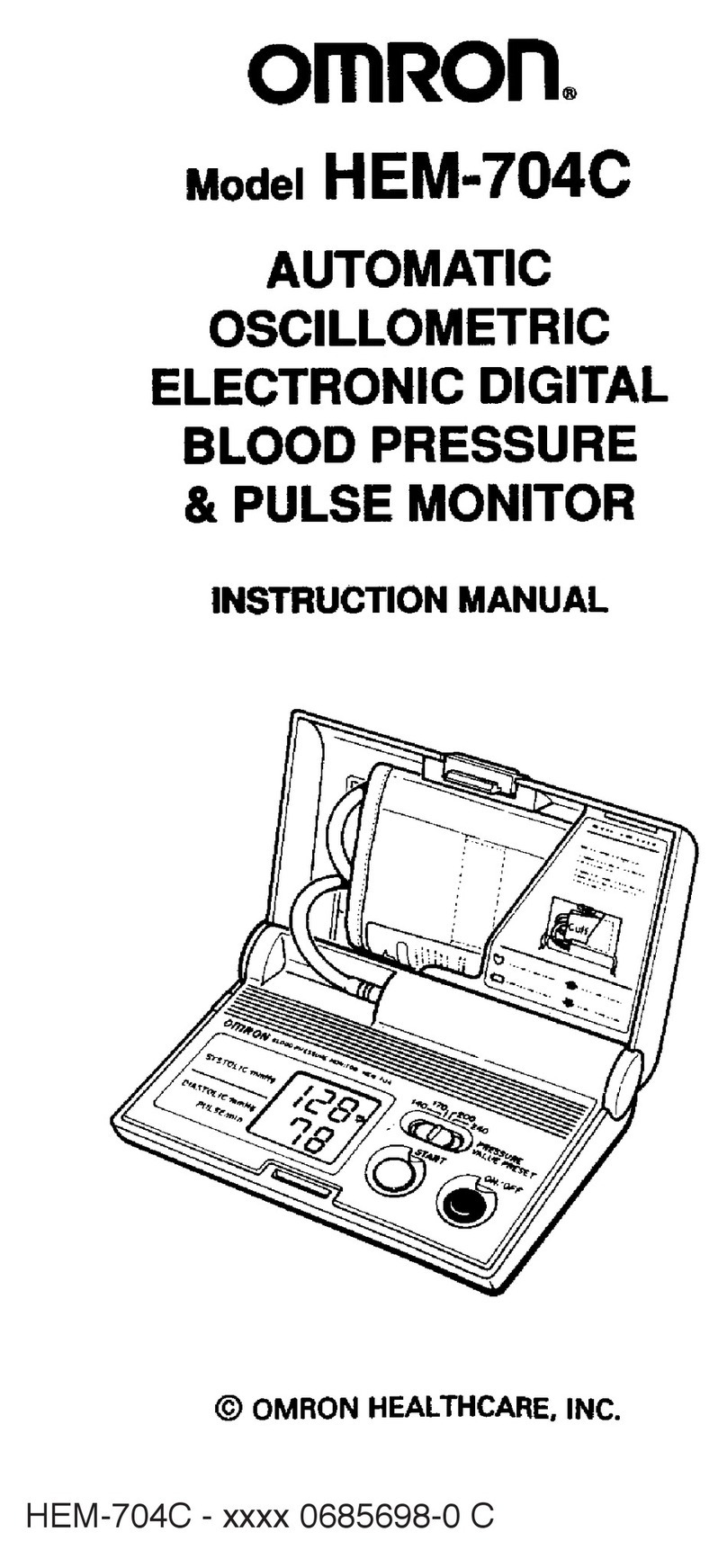
Omron
Omron HEM-704C User manual

Omron
Omron M2 Compact User manual
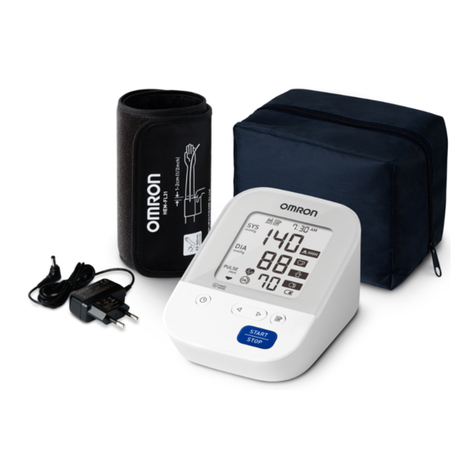
Omron
Omron HEM-7156 User manual
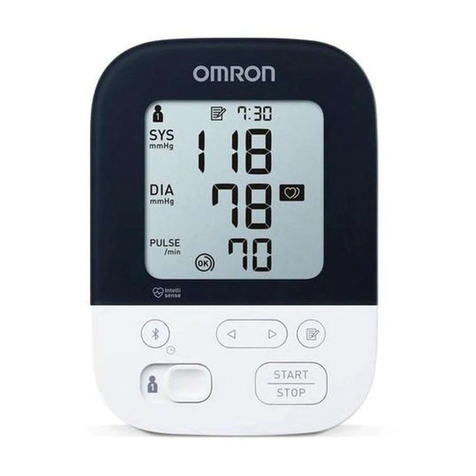
Omron
Omron M4 Intelli IT User manual
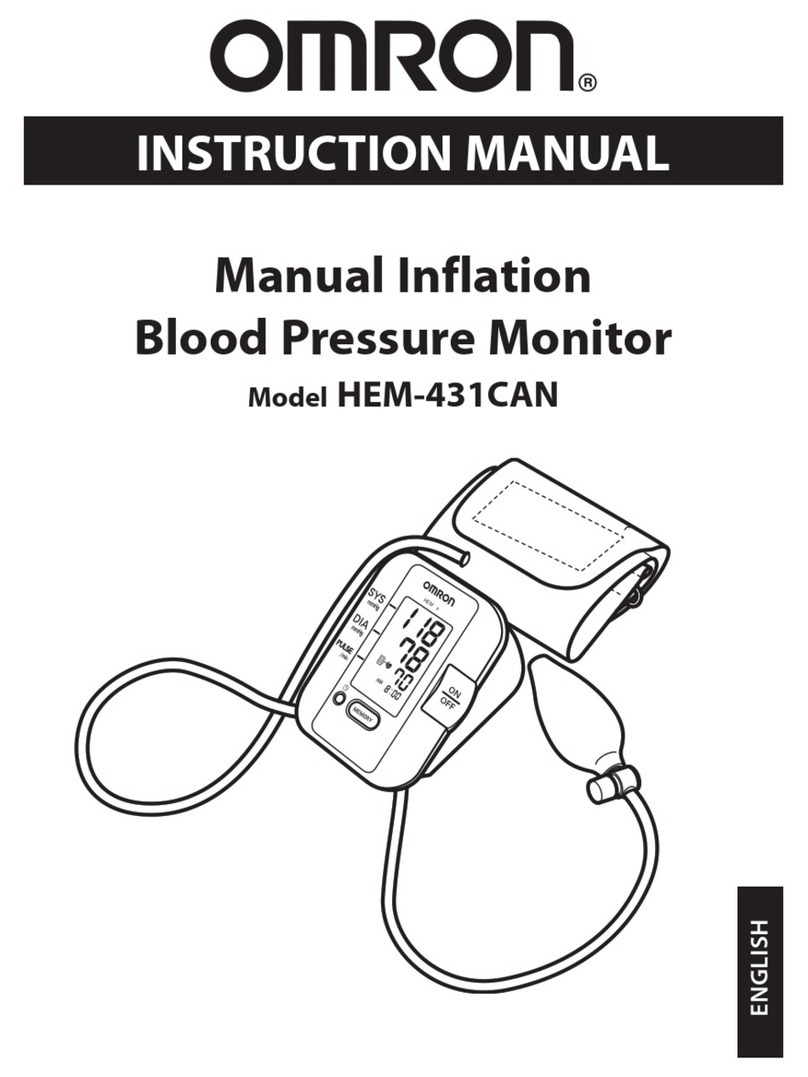
Omron
Omron HEM-431CAN User manual
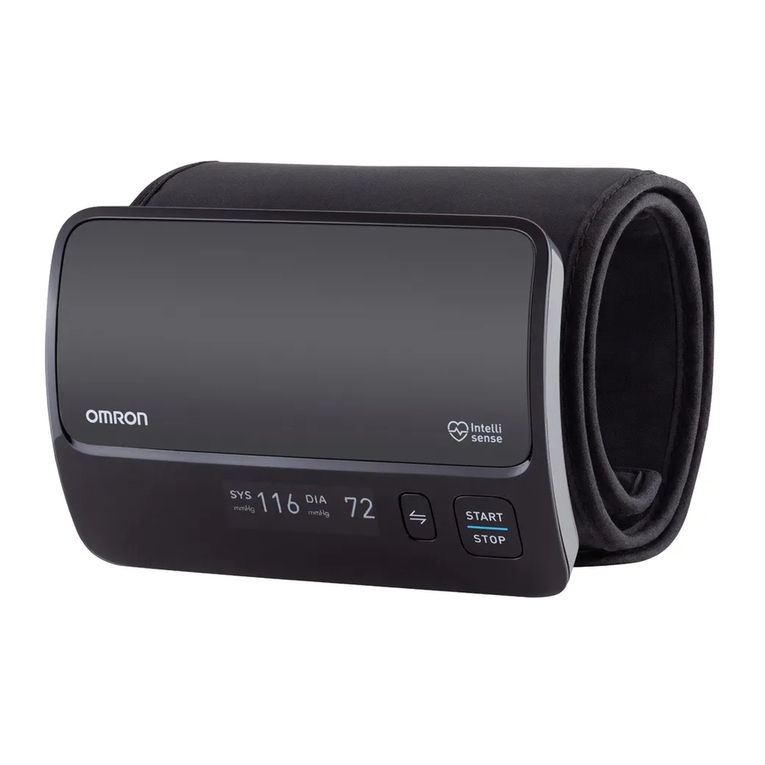
Omron
Omron EVOLV User manual
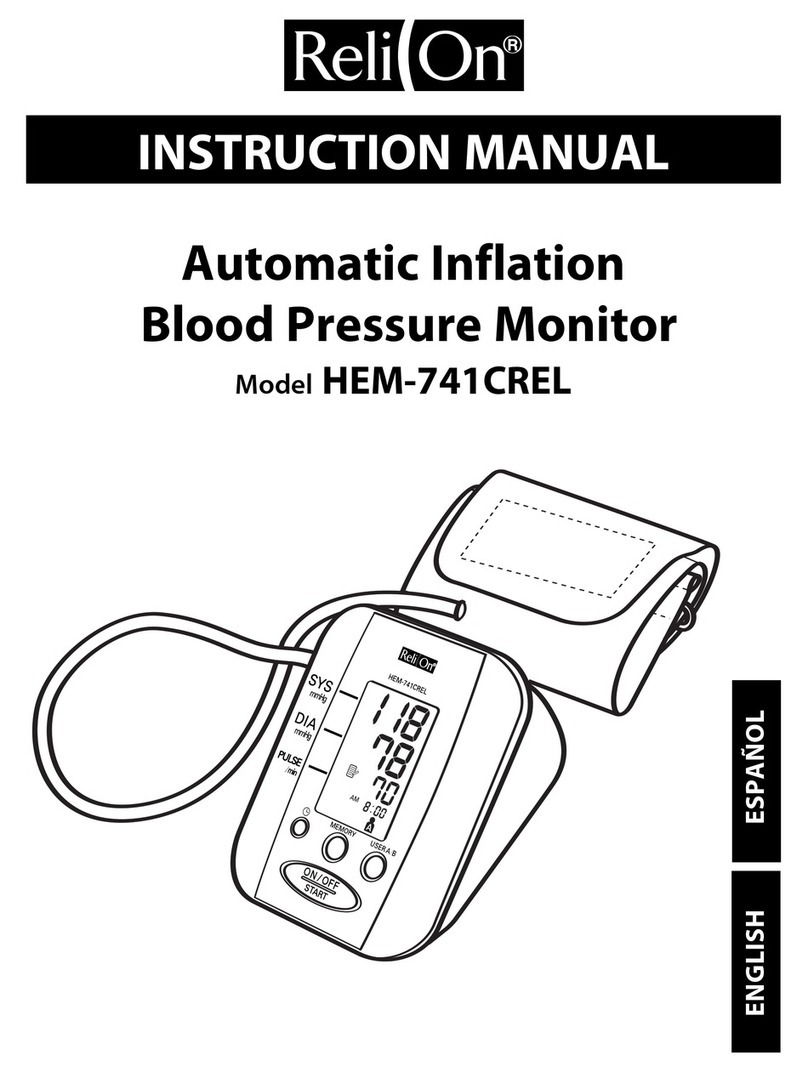
Omron
Omron ReliOn HEM-741CREL User manual
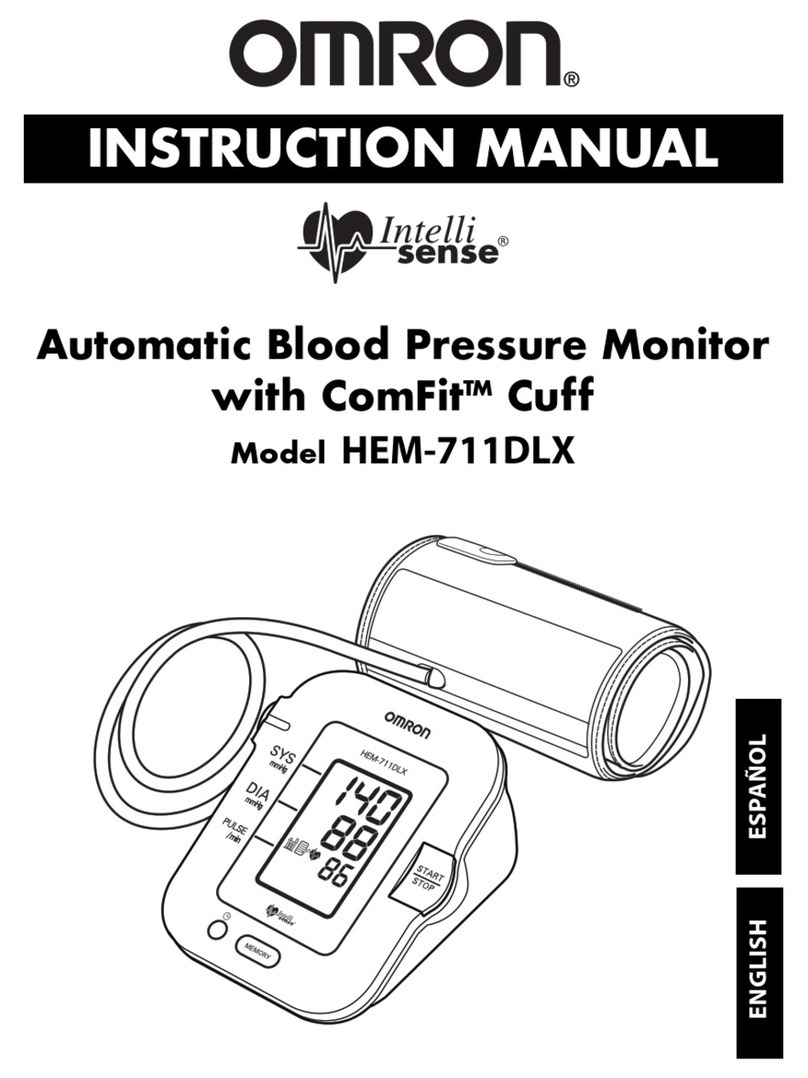
Omron
Omron HEM-711DLX User manual
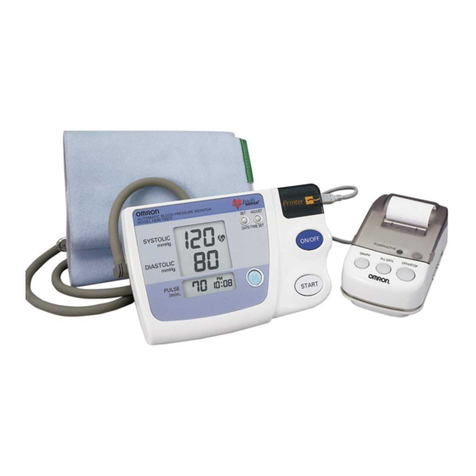
Omron
Omron INTELLISENSE HEM-705CP User manual
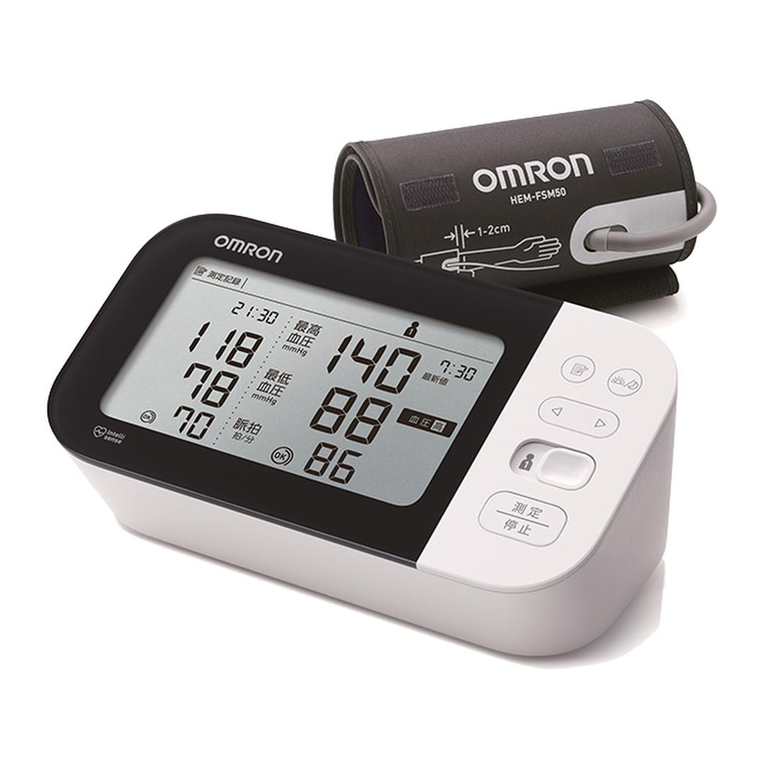
Omron
Omron M7 Intelli IT User manual
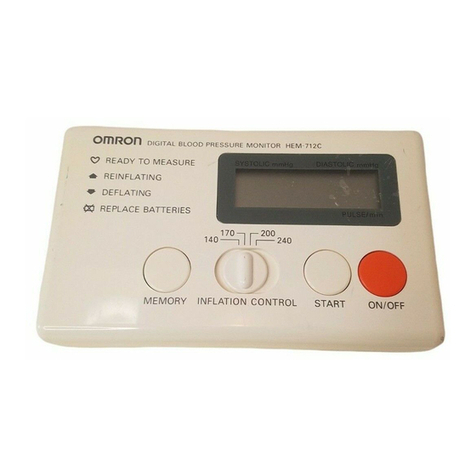
Omron
Omron IntelliSense HEM-712C User manual
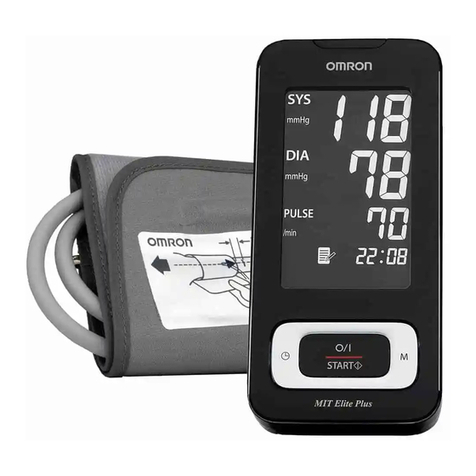
Omron
Omron MIT Elite Plus User manual
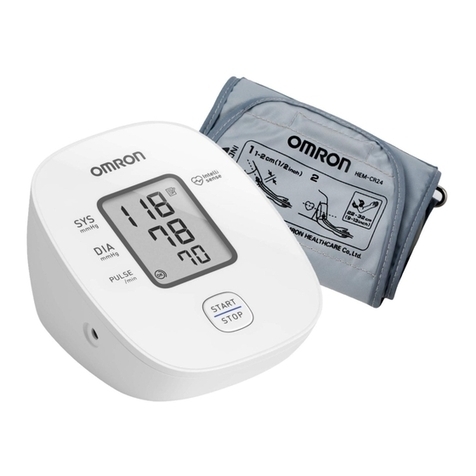
Omron
Omron M2 Compact User manual

Omron
Omron M3 Intellisense User manual
Popular Blood Pressure Monitor manuals by other brands
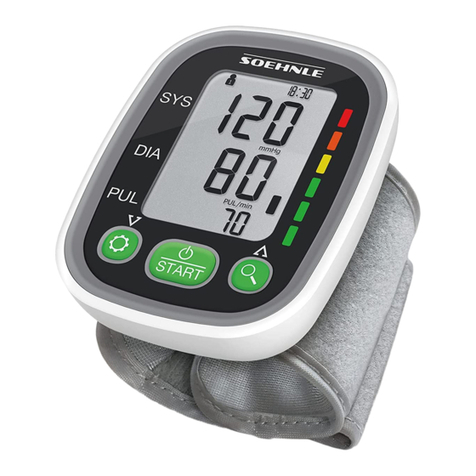
Soehnle
Soehnle SYSTO MONITOR 100 Instructions for use

Nasco Healthcare
Nasco Healthcare Simulaids Life/form LF01095U USER HELP GUIDE

Microlife
Microlife WatchBP office instruction manual

HoMedics
HoMedics MiBody 360 instruction manual

ForaCare
ForaCare FORA P30 Plus owner's manual
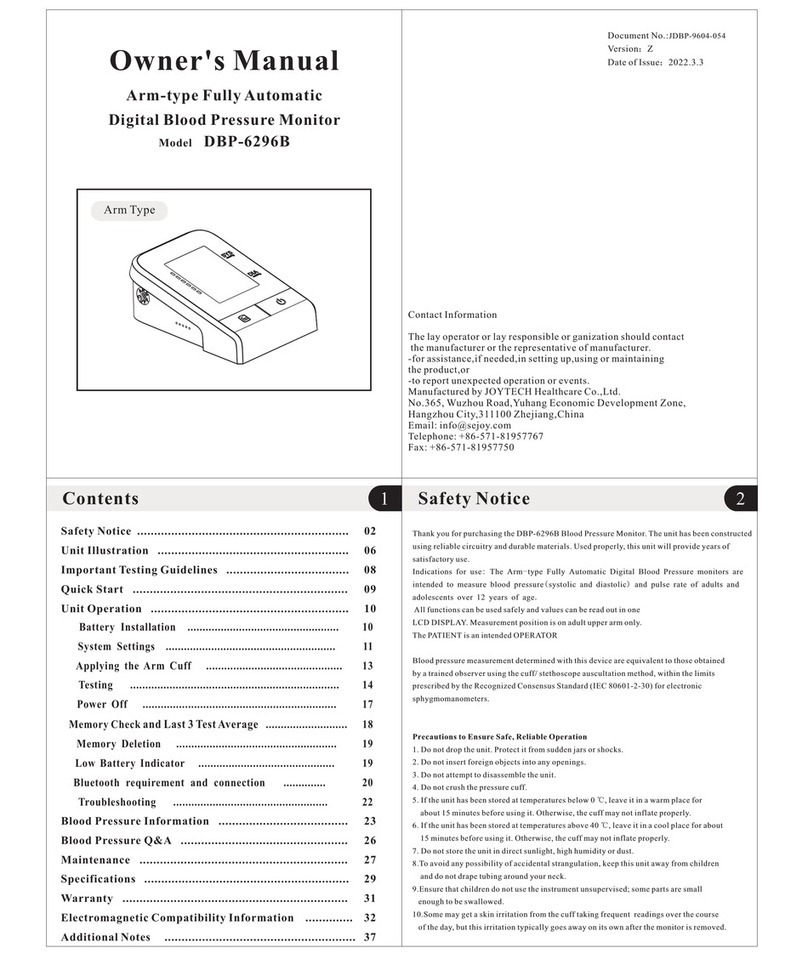
JOYTECH
JOYTECH DBP-6296B owner's manual
